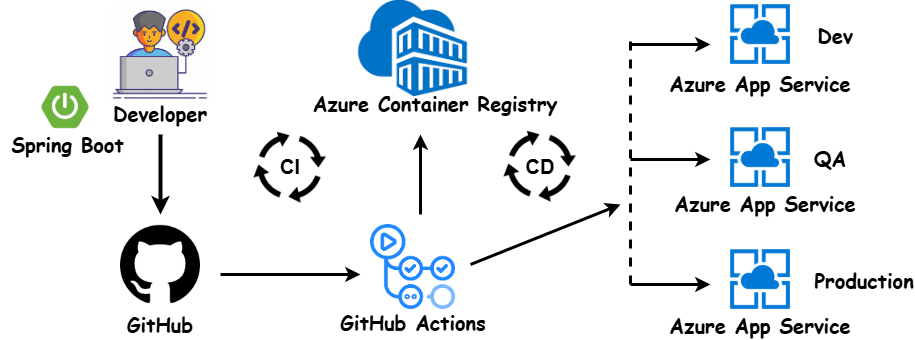Scheduled Bulk SMS with Azure Communication Services, Spring Boot, Spring Batch & Quartz

Here's a short explanation of each step: User starts the Spring Boot Application . SpringBoot schedules a batch job using Quartz Scheduler (runs every 5 minutes). Quartz triggers the batch job. Batch fetches customer data (phone numbers and messages) from the Database . Batch sends the SMS messages using the SMS Service . SMS Service interacts with Azure Communication Services (ACS) to send the SMS. ACS returns the delivery status to the SMS Service . SMS Service sends the status back to Batch . Batch notifies Quartz about job completion. Quartz informs SpringBoot that the job is complete. This diagram visually represents the flow of actions in the system, detailing the interaction between different components and how the batch SMS process is executed and monitored. Here's a step-by-step guide on how to schedule and send batch SMS using Azure Communication Services (ACS) with Spring Boot , Quartz Scheduler , and Spring Batch . 1. Prerequisites Ensure you have: Az...


